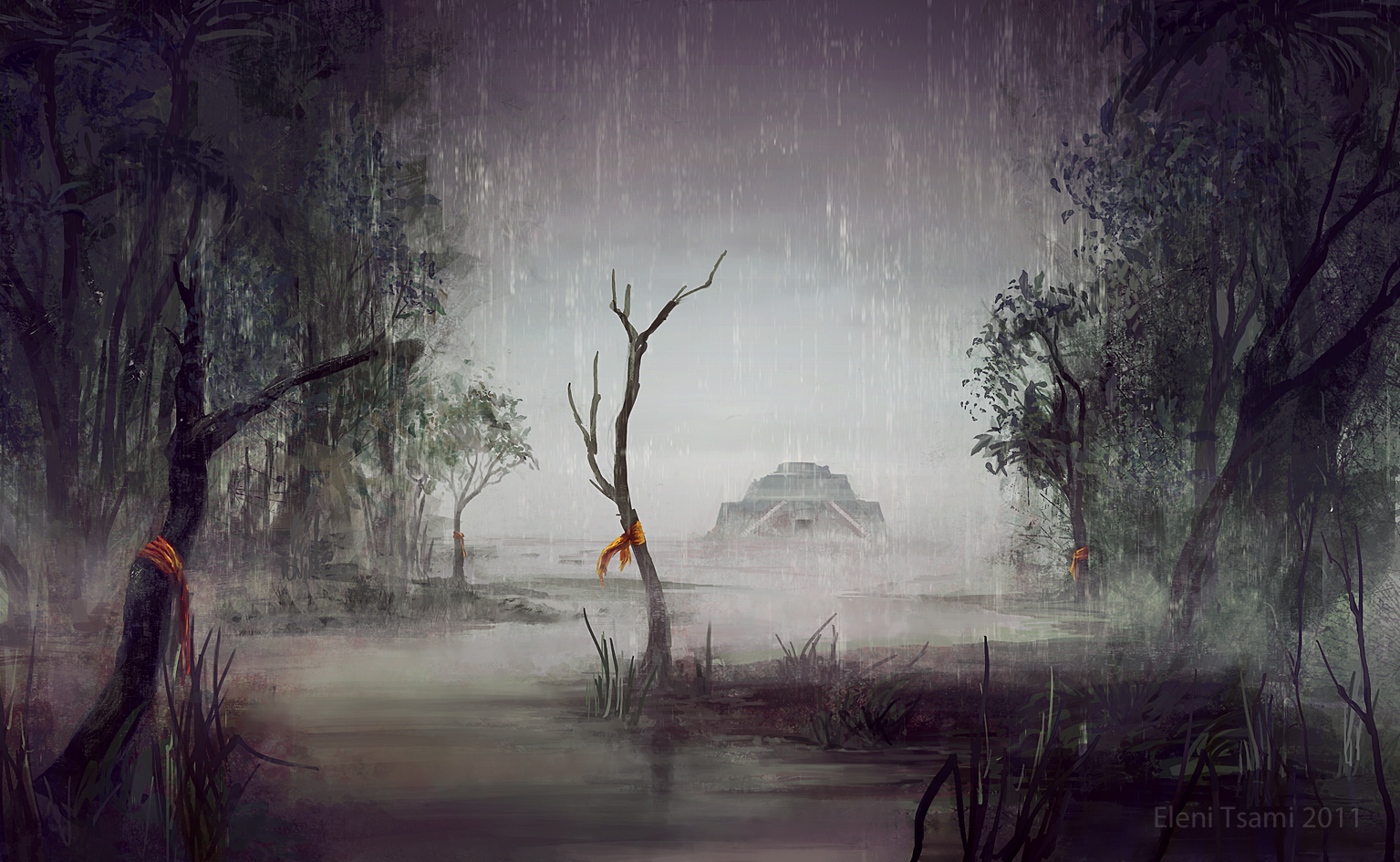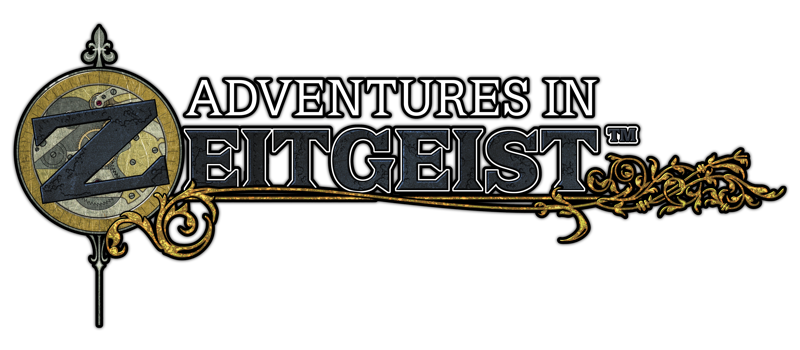
King Kelland of Risur defeated the fey titans in times long past BUT THEIR INFLUENCE IS STILL FELT ACROSS THE WORLD
THE ASH WOLF
The Ash Wolf long ago lost his mate to hunters during a forest fire in Risur’s Antwalk Thicket, and as she died she birthed a vast litter known as the smoldering wolves, who burn with the same fire that consumed her body. Usually the Ash Wolf slumbers, and only a few of his children remain active to defend his lair, but when forest fires blaze more awaken. During the largest and most devastating infernos, the Ash Wolf himself awakens and sprints through the blazing woods, seeking to find his love in the smoke and soot. In Risuri iconography, the Ash Wolf is invoked in relation to grief, fatherhood, fires, hunting, and the forests in general.
THE FATHER OF THUNDER
The Father of Thunder is an immense creature like a mix of bull and gazelle, with dozens of horns that serve as lightning rods as he tramples across the plains of Risur’s Weftlands. He’ll normally only emerge during the mightiest of storms, leading a vast herd of horses, cattle, deer, and other hooved beasts in a raucous tromp through his domain. He’ll pause to have sex (usually with beasts in his herd, though occasionally he’ll shift into a minotaur-like form to bed willing humanoids), but otherwise only stops if presented with a ludicrous amount of alcohol. Then he’ll spend weeks snoring through his hangover. In Risuri iconography, the Father of Thunder is invoked in relation to fertility, alcohol, agriculture, ranching, stormy weather, and the plains in general.
GRANNY ALLSWELL
Granny Allswell is a lanky, wrinkled goblin-like woman whose bewitching eyes can look in two different directions as once. She lurks in dark mountain caves, chortling grim lullabies to her gremlin children who, according to myth, are transformed from babies abandoned in Risur’s Anthras Mountains. Her family bedevil miners and loggers, and demand gifts from new mothers lest they claim an infant as a sibling. In Risuri iconography, Granny Allswell is invoked in childcare and motherhood, curses and dark magic (both to create and defend against), trickery and sabotage, and the mountains in general.
SHE WHO WRITHES
She Who Writhes is usually depicted as a mass of octopus-like tentacles interwoven with strands of seaweed, usually in a corona around a sexualized female form. Her true form seems to be malleable as the sea, sometimes a purple kraken with a gargantuan seductive face, sometimes tendrils of water moving of their own volition, but always somehow lithe and tempting. She’ll rise at night or on overcast days, beckoning sailors with a glowing feminine shape standing atop the waves, who trills a longing song and offers the rewards of untold shipwrecks to any lover who can satisfy her. She has more complex interactions with cultures that live below the sea, including merfey, but those affairs are generally unseen by landbound nations. In Risuri iconography, She Who Writhes is invoked in seduction, lovemaking, seafaring, treasure hunting, secrecy, and the seas and islands in general.
THE VOICE OF ROT
The fey titan of the high bayou is a titanic white serpent with a half-rotted skull twenty feet long. After the Great Eclipse, the Voice of Rot was not seen again.
Whosoever ventures near,
Be forewarned that Death lives here.
If you should note the smell of death,
Then soon shall come your final breath.
THE HOLLOW WIDOW
The Hollow Widow is little known, perhaps not even a true fey titan. Since the Great Eclipse, no one has seen the previous titan of the High Bayou, a white serpent known as the Voice of Rot. But in those swampy highlands, people report heightened activity of the arachnoid race called ettercaps, and viscous crimson currents streaming through berms of freshly woven spidersilk. They say a creature that lies overnight in a pool of its own blood will split open at dawn and release a spider, leaving behind only a hollow husk. But most travelers are unaccosted, save for having their packs rifled through at night, with books being replaced by strange relics from centuries ago. Though new to the public consciousness, the Hollow Widow shows up in Risuri iconography to represent an interest in history, blood rituals, libraries, rebirth, and swamps in general.





